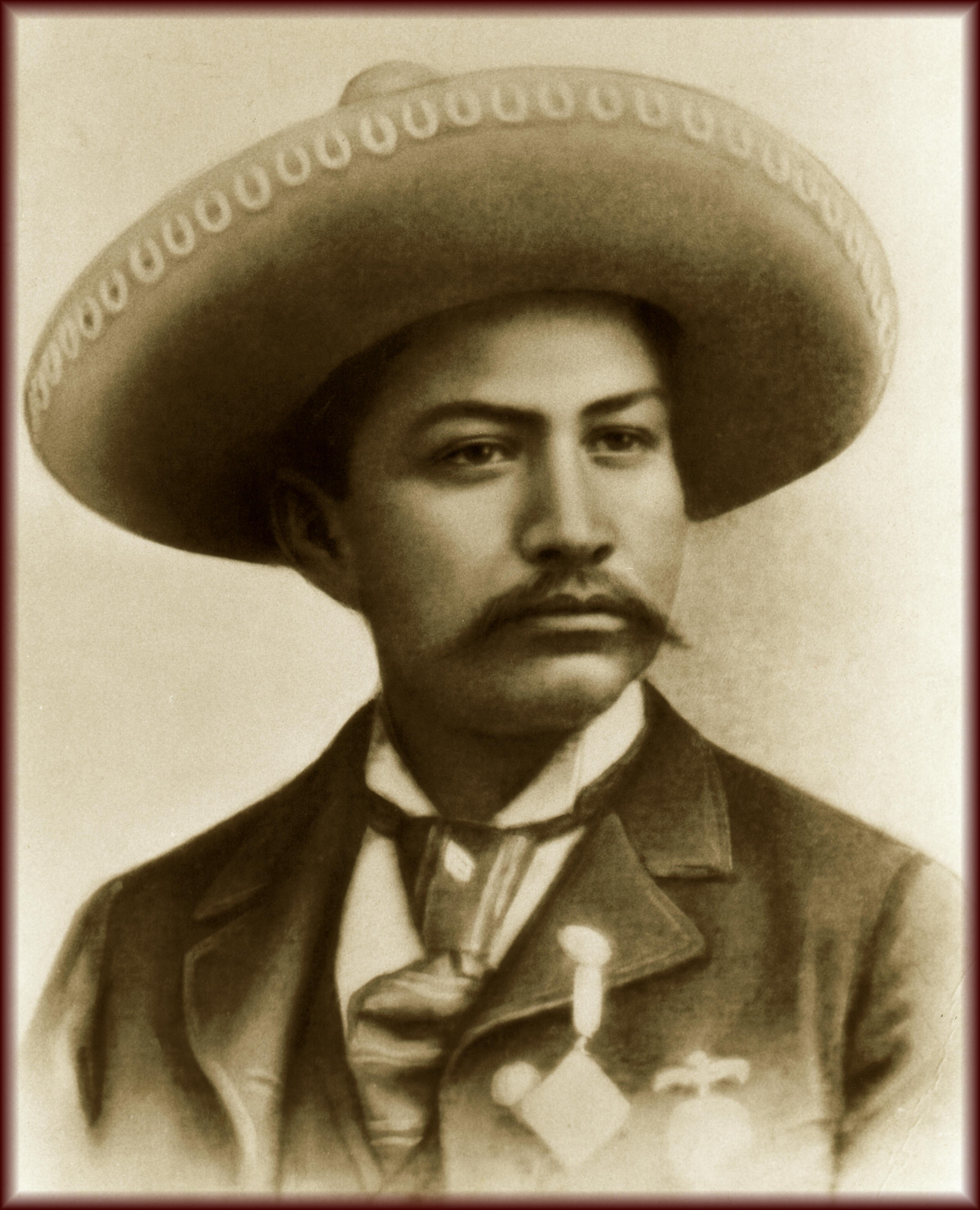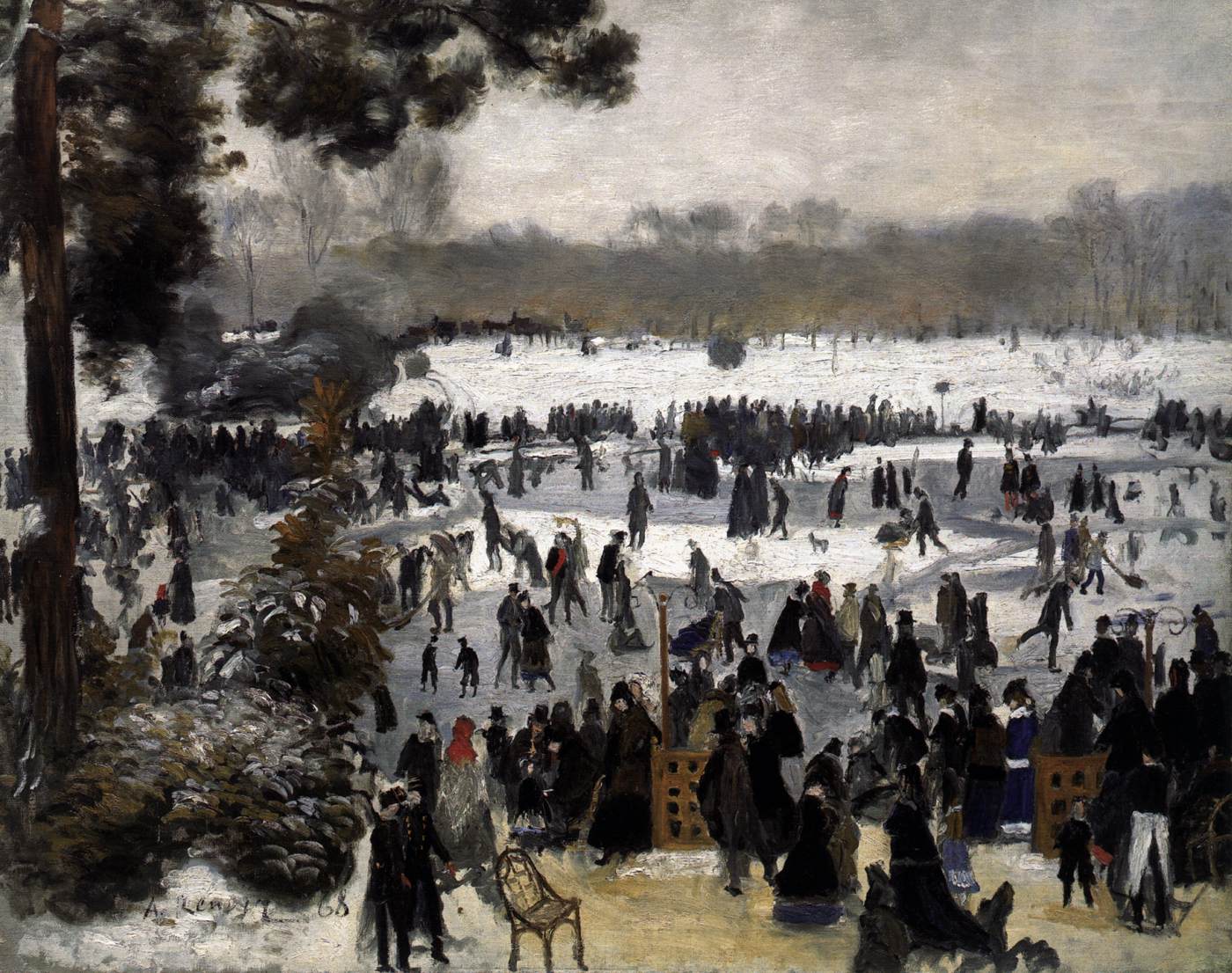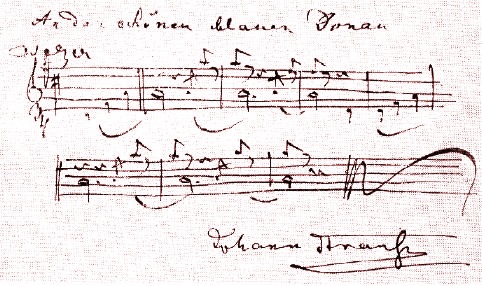|
Waltz (music)
A waltz (German: ''Walzer''; French: ''Valse'', Italian: ''Valzer'', Spanish: ''Vals'', Polish: ''Walc''), probably deriving from German '' Ländler'', is dance music in triple meter, often written in time. A waltz typically sounds one chord per measure, and the accompaniment style particularly associated with the waltz is (as seen in the example to the right) to play the root of the chord on the first beat, the upper notes on the second and third beats. History The name "waltz" comes from the German verb ''walzen''. Although French writers have attempted to connect the waltz to the 16th century volta, firm evidence is lacking connecting this Italian form to the earliest occurrence in the mid‑18th century of ''walzen'' to describe dancing. Classical composers traditionally supplied music for dancing when required, and Franz Schubert's waltzes (including the '' Valses Sentimentales and Valses Nobles'') were written for household dancing, without any pretense at being art ... [...More Info...] [...Related Items...] OR: [Wikipedia] [Google] [Baidu] |
Johannes Brahms
Johannes Brahms (; 7 May 1833 – 3 April 1897) was a German composer, pianist, and conductor of the mid-Romantic period. Born in Hamburg into a Lutheran family, he spent much of his professional life in Vienna. He is sometimes grouped with Johann Sebastian Bach and Ludwig van Beethoven as one of the " Three Bs" of music, a comment originally made by the nineteenth-century conductor Hans von Bülow. Brahms composed for symphony orchestra, chamber ensembles, piano, organ, violin, voice, and chorus. A virtuoso pianist, he premiered many of his own works. He worked with leading performers of his time, including the pianist Clara Schumann and the violinist Joseph Joachim (the three were close friends). Many of his works have become staples of the modern concert repertoire. Brahms has been considered both a traditionalist and an innovator, by his contemporaries and by later writers. His music is rooted in the structures and compositional techniques of the Classical masters ... [...More Info...] [...Related Items...] OR: [Wikipedia] [Google] [Baidu] |
Austria-Hungary
Austria-Hungary, often referred to as the Austro-Hungarian Empire,, the Dual Monarchy, or Austria, was a constitutional monarchy and great power in Central Europe between 1867 and 1918. It was formed with the Austro-Hungarian Compromise of 1867 in the aftermath of the Austro-Prussian War and was dissolved shortly after its defeat in the First World War. Austria-Hungary was ruled by the House of Habsburg and constituted the last phase in the constitutional evolution of the Habsburg monarchy. It was a multinational state and one of Europe's major powers at the time. Austria-Hungary was geographically the second-largest country in Europe after the Russian Empire, at and the third-most populous (after Russia and the German Empire). The Empire built up the fourth-largest machine building industry in the world, after the United States, Germany and the United Kingdom. Austria-Hungary also became the world's third-largest manufacturer and exporter of electric home appliances ... [...More Info...] [...Related Items...] OR: [Wikipedia] [Google] [Baidu] |
World War I
World War I (28 July 1914 11 November 1918), often abbreviated as WWI, was List of wars and anthropogenic disasters by death toll, one of the deadliest global conflicts in history. Belligerents included much of Europe, the Russian Empire, the United States, and the Ottoman Empire, with fighting occurring throughout Europe, the Middle East, Africa, the Pacific Ocean, Pacific, and parts of Asia. An estimated 9 million soldiers were killed in combat, plus another 23 million wounded, while 5 million civilians died as a result of military action, hunger, and disease. Millions more died in Genocides in history (World War I through World War II), genocides within the Ottoman Empire and in the Spanish flu, 1918 influenza pandemic, which was exacerbated by the movement of combatants during the war. Prior to 1914, the European great powers were divided between the Triple Entente (comprising French Third Republic, France, Russia, and British Empire, Britain) and the Triple A ... [...More Info...] [...Related Items...] OR: [Wikipedia] [Google] [Baidu] |
Juventino Rosas
José Juventino Policarpo Rosas Cadenas (25 January 18689 July 1894) was a Mexican composer and violinist. Life and career Rosas was born in Santa Cruz, Guanajuato, later renamed Santa Cruz de Galeana, Guanajuato, and still later into Santa Cruz de Juventino Rosas. Rosas began his musical career as a street musician, playing with dance music bands in Mexico City. In 1884-85 and 1888 he enrolled into the conservatory, both times leaving it without taking any examination. Most of Rosas's compositions—among them " Sobre las Olas" ("Over the Waves")—were issued by Wagner y Levien and Nagel Sucesores in Mexico City. In the late 1880s, Rosas is reported to have been a member of a military band, and in 1891 he worked in Michoacán. In 1892–93 Rosas lived near Monterrey before joining an orchestra in 1893 for a tour through the USA. During this tour, the group performed at the World Columbian Exposition World's Fair in Chicago, Illinois. In 1894, Rosas went for a several-month t ... [...More Info...] [...Related Items...] OR: [Wikipedia] [Google] [Baidu] |
Emil Waldteufel
Emil or Emile may refer to: Literature *''Emile, or On Education'' (1762), a treatise on education by Jean-Jacques Rousseau * ''Émile'' (novel) (1827), an autobiographical novel based on Émile de Girardin's early life *''Emil and the Detectives'' (1929), a children's novel *"Emil", nickname of the Kurt Maschler Award for integrated text and illustration (1982–1999) *''Emil i Lönneberga'', a series of children's novels by Astrid Lindgren Military *Emil (tank), a Swedish tank developed in the 1950s * Sturer Emil, a German tank destroyer People *Emil (given name), including a list of people with the given name ''Emil'' or ''Emile'' *Aquila Emil (died 2011), Papua New Guinean rugby league footballer Other * ''Emile'' (film), a Canadian film made in 2003 by Carl Bessai *Emil (river), in China and Kazakhstan See also * * *Aemilius (other) *Emilio (other) *Emílio (other) Emílio is a variant of the given names Emil, Emilio and Emilios, and may re ... [...More Info...] [...Related Items...] OR: [Wikipedia] [Google] [Baidu] |
Les Patineurs (waltz)
Les Patineurs ("The Skaters' Waltz", in German "Der Schlittschuhläufer-Walzer"), Op. 183, is a waltz by Émile Waldteufel. It was composed in 1882, inspired by the (rink of skaters) at the Bois de Boulogne in Paris. The introduction to the waltz can be likened to the poise of a skater, and the rapid runs invoke scenes of a wintry atmosphere. Bells were added for good measure to complete the winter scenery. It was published by Hopwood & Crew and was dedicated to Ernest Coquelin, the younger brother of two celebrated actor brothers of the Comédie-Française. Structure ;Introduction : \relative g'' ;Waltz 1 : \relative g'' ;Waltz 2 : \relative c' ;Waltz 3 : \relative c' ;Waltz 4 : \relative c' ;Coda : \relative c' Use in other media "Les Patineurs" has featured in dozens of films, from the earliest talkies to the present, including ''The Hollywood Revue of 1929'', ''My Favorite Wife'', ''Chariots of Fire'', ''A Simple Wish'', ''My Beautiful Laundrette'' ... [...More Info...] [...Related Items...] OR: [Wikipedia] [Google] [Baidu] |
Johann Strauss II
Johann Baptist Strauss II (25 October 1825 – 3 June 1899), also known as Johann Strauss Jr., the Younger or the Son (german: links=no, Sohn), was an Austrian composer of light music, particularly dance music and operettas. He composed over 500 waltzes, polkas, quadrilles, and other types of dance music, as well as several operettas and a ballet. In his lifetime, he was known as "The Waltz King", and was largely responsible for the popularity of the waltz in Vienna during the 19th century. Some of Johann Strauss's most famous works include " The Blue Danube", " Kaiser-Walzer" (Emperor Waltz), " Tales from the Vienna Woods", " Frühlingsstimmen", and the "Tritsch-Tratsch-Polka". Among his operettas, '' Die Fledermaus'' and ''Der Zigeunerbaron'' are the best known. Strauss was the son of Johann Strauss I and his first wife Maria Anna Streim. Two younger brothers, Josef and Eduard Strauss, also became composers of light music, although they were never as well known as their ... [...More Info...] [...Related Items...] OR: [Wikipedia] [Google] [Baidu] |
The Blue Danube
"The Blue Danube" is the common English title of "An der schönen blauen Donau", Op. 314 (German for "By the Beautiful Blue Danube"), a waltz by the Austrian composer Johann Strauss II, composed in 1866. Originally performed on 15 February 1867 at a concert of the Wiener Männergesang-Verein (Vienna Men's Choral Association), it has been one of the most consistently popular pieces of music in the classical repertoire. Its initial performance was considered only a mild success, however, and Strauss is reputed to have said, "The devil take the waltz, my only regret is for the coda—I wish that had been a success!" After the original music was written, the words were added by the Choral Association's poet, Joseph Weyl. Strauss later added more music, and Weyl needed to change some of the words. Strauss adapted it into a purely orchestral version for the 1867 Paris World's Fair, and it became a great success in this form. The instrumental version is by far the most commonl ... [...More Info...] [...Related Items...] OR: [Wikipedia] [Google] [Baidu] |
Valses Nobles Et Sentimentales (Ravel)
The ''Valses nobles et sentimentales'' is a suite of waltzes composed by Maurice Ravel. The piano version was published in 1911, and an orchestral version was published in 1912. The title was chosen in homage to Franz Schubert, who had released collections of waltzes in 1823 entitled ''Valses nobles'' and ''Valses sentimentales''. The piano edition is published with a quotation of Henri de Régnier: "…le plaisir délicieux et toujours nouveau d'une occupation inutile" (the delicious and forever-new pleasure of a useless occupation). The suite contains an eclectic blend of Impressionist and Modernist music, which is especially evident in the orchestrated version. Composition and background Ravel was intrigued by the waltz genre. By 1906, he had started composing what later would become '' La valse'', in which he tried to epitomise everything this popular genre encompassed. In 1911, prior to the 1920 publication of ''La valse'', he published the piano version of his suite of ... [...More Info...] [...Related Items...] OR: [Wikipedia] [Google] [Baidu] |



.jpg)

